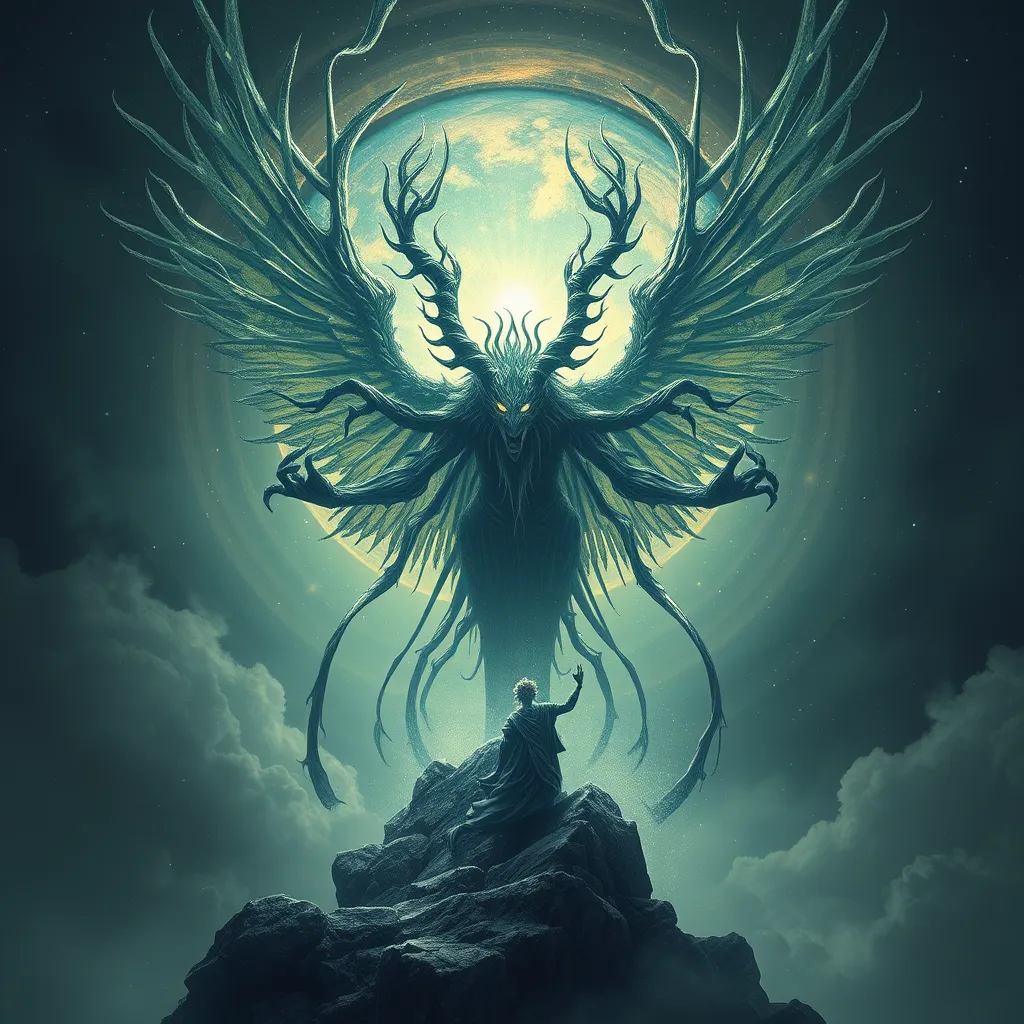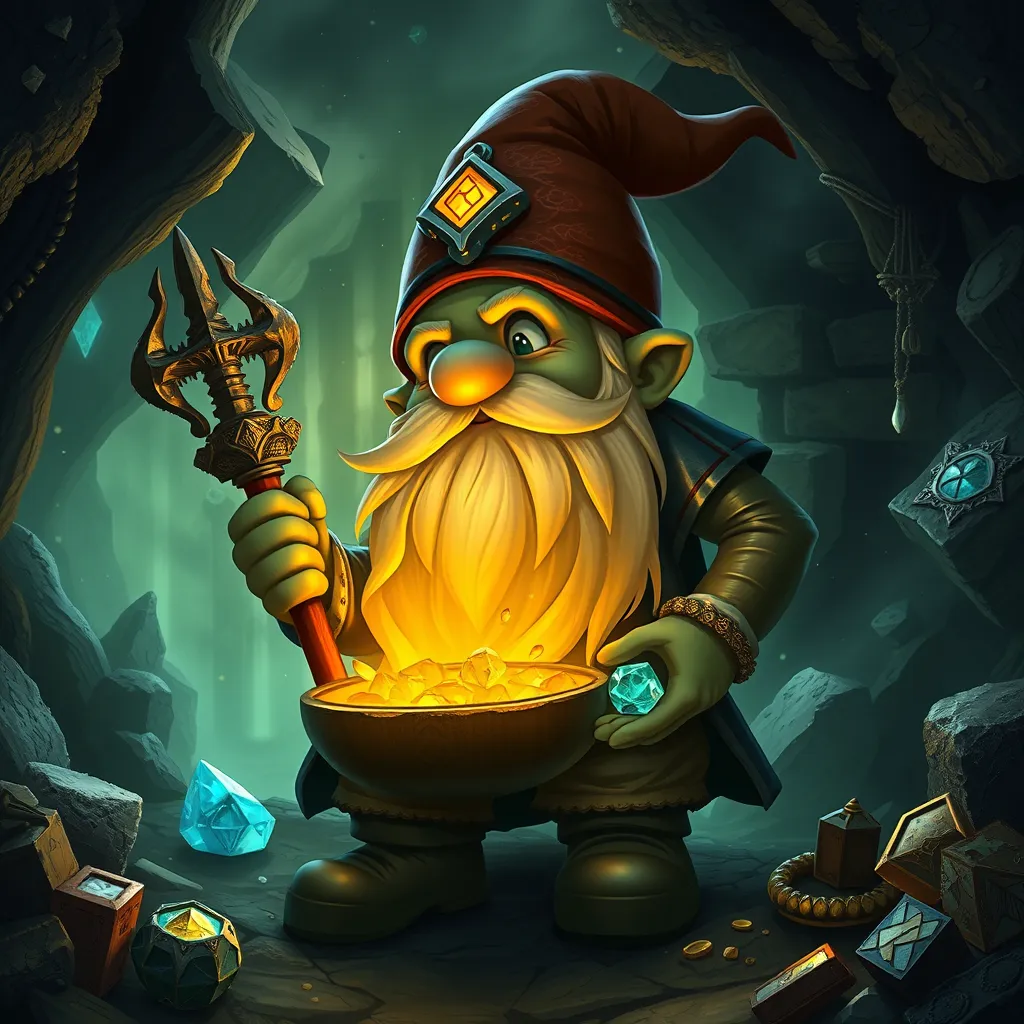The Banshee’s Global Influence: The Myth’s Spread and Adaptation Across Cultures
I. Introduction
The Banshee, a spectral figure rooted in Irish folklore, has long captivated imaginations with her haunting wails that foretell death. This mythological being, known as the “bean sí” in Irish, translates to “woman of the fairy mound,” encapsulating her connection to both the ethereal and the mortal realms. The Banshee serves as a poignant symbol of grief, loss, and the supernatural, illustrating the intersection of human emotion and myth.
Studying the spread and adaptation of the Banshee myth across cultures reveals the ways in which stories evolve, reflecting societal values, fears, and the human experience of mourning. As cultures intermingle and historical narratives intertwine, the Banshee’s influence extends far beyond her Irish origins, resonating with various global interpretations of death and the afterlife.
II. Historical Roots of the Banshee Myth
To understand the Banshee’s global influence, one must first explore her historical roots in Celtic mythology. The ancient Irish believed in a variety of supernatural beings, including the Tuatha Dé Danann, a race of deities and heroes. Within this rich tapestry of mythology, the Banshee emerged as a protective spirit associated with particular families, heralding death as a means of offering solace and forewarning.
The term “Banshee” itself carries linguistic significance. Derived from the Old Irish “bean síde,” it denotes not only her gender but also her connection to the fairy realm. In this context, the Banshee serves as a bridge between the earthly and the otherworldly, embodying the belief that death is not an end but a transformative passage.
III. The Banshee in Irish Culture
In Irish folklore, the Banshee is often depicted as a mournful woman, her appearance ranging from a beautiful maiden to a terrifying hag. Traditional roles attributed to the Banshee include:
- Wailing at the death of a family member
- Serving as a guardian spirit for certain families
- Foretelling imminent death through her lamentations
Literature and art have long been inspired by the Banshee myth. Poets like W.B. Yeats and authors such as James Joyce have drawn upon her symbolism to explore themes of mortality and the human condition. The Banshee frequently appears in Irish art, reflecting the deep cultural resonance of her figure within the national identity.
IV. Adaptations in British and Scottish Folklore
As the Banshee myth spread beyond Ireland, it adapted to fit the cultural contexts of Britain and Scotland. In British folklore, the Banshee is often associated with the wailing woman archetype, akin to the Irish myth but with unique local characteristics. In Scotland, the Banshee is sometimes referred to as the “bean nighe,” a washerwoman who appears at rivers and is believed to wash the clothes of those about to die.
Key similarities and differences in the Banshee’s portrayal include:
- In both cultures, she serves as a harbinger of death.
- Regional variations often depict her appearance and behavior differently, influenced by local customs and beliefs.
- Scottish legends may incorporate elements of the supernatural related to water, while Irish tales emphasize her connection to the land.
V. The Banshee’s Influence in North America
The arrival of Irish immigrants in North America during the 19th century brought the Banshee myth with them, where it began to integrate into American folklore. The adaptation of the Banshee in this new cultural landscape reflects a blend of Irish heritage and American traditions. As the Banshee’s narrative evolved, she became a symbol of the immigrant experience, representing both loss and the search for belonging.
Modern representations of the Banshee can be found in various forms of popular culture, including:
- Literature, where the Banshee often appears as a character embodying themes of tragedy and loss.
- Film and television, where her image is sometimes used to evoke suspense or horror.
- Gaming, where she may serve as a mystical guide or antagonist, connecting players to themes of the supernatural.
VI. The Banshee and Other Global Death Spirits
Comparative analysis of the Banshee reveals intriguing parallels with other cultural figures representing death. For instance:
- La Llorona: A figure in Latin American folklore, La Llorona is known as the weeping woman, mourning her lost children and warning of impending death.
- The Grim Reaper: In Western culture, the Grim Reaper symbolizes death itself, often depicted as a skeletal figure guiding souls to the afterlife.
These figures share cross-cultural themes of grief and loss, highlighting universal human experiences. Each embodies cultural narratives about mortality, serving as a means for societies to process and understand the inevitability of death.
VII. The Banshee in Contemporary Media
In today’s storytelling landscape, the Banshee remains a compelling figure, appearing in various modern media. Her presence can be seen in:
- Movies: Films often depict her as a tragic figure, emphasizing her connection to sorrow and loss.
- Television series: The Banshee is sometimes reimagined, blending traditional lore with contemporary themes of empowerment and resilience.
- Video games: The Banshee frequently serves as a character that players must confront, often representing challenges relating to fear and mortality.
The evolution of the Banshee’s image speaks to her enduring significance in popular culture, as she continues to symbolize the complexities of human emotion in the face of death.
VIII. Conclusion
The journey of the Banshee across cultures highlights her enduring legacy as a symbol of grief and the supernatural. From her origins in Irish folklore to her adaptations in British, Scottish, and North American narratives, the Banshee serves as a poignant reminder of the shared human experiences surrounding loss and mourning.
Reflecting on the importance of myths like the Banshee in understanding cultural identity, we can appreciate how these stories not only preserve history but also foster connections between people across time and space. The Banshee stands as a testament to the power of storytelling in shaping our understanding of life, death, and everything in between.



